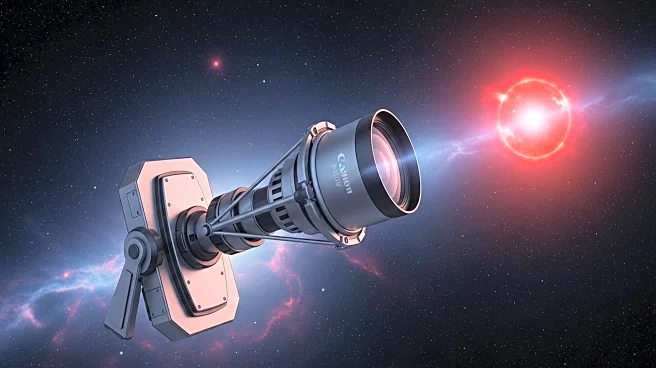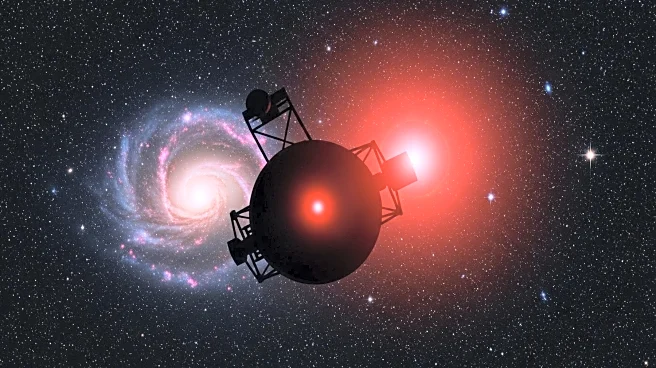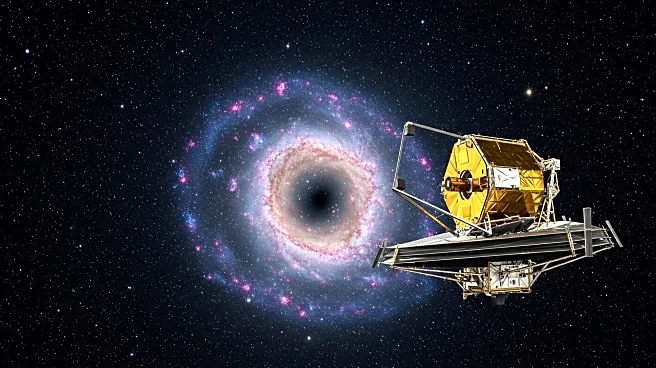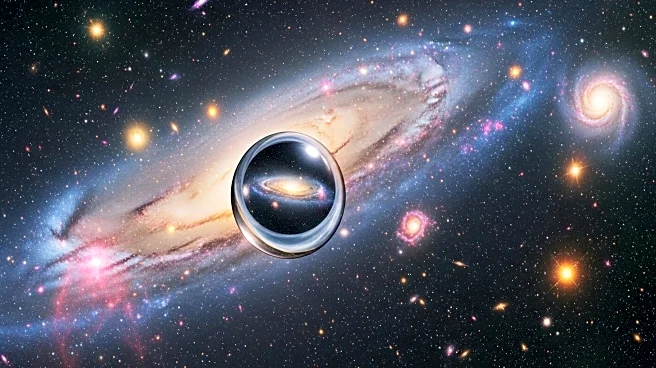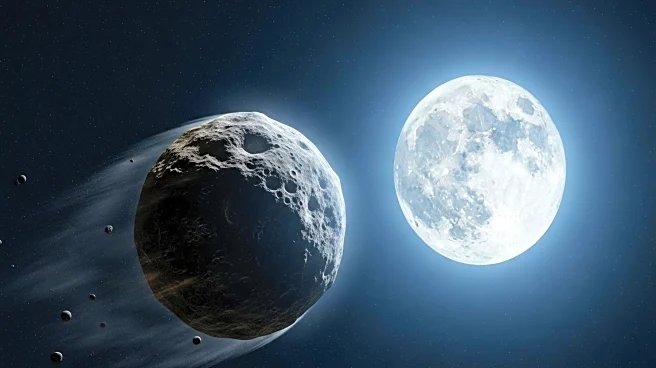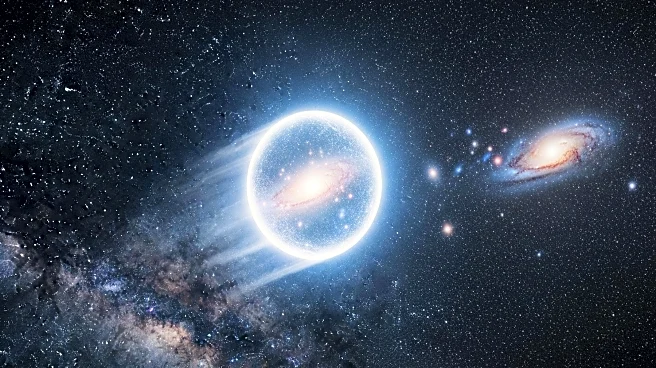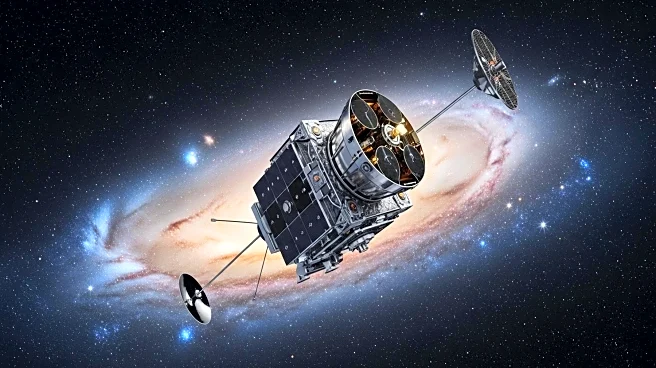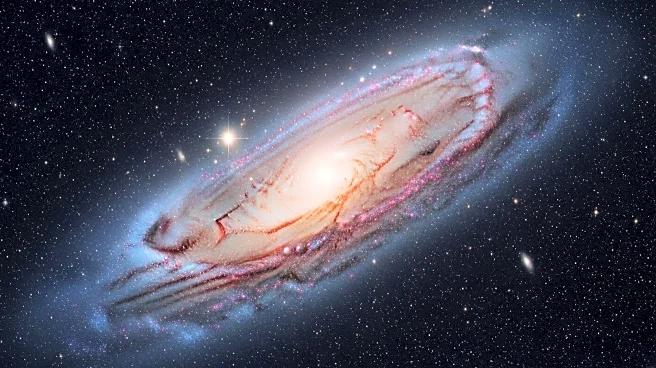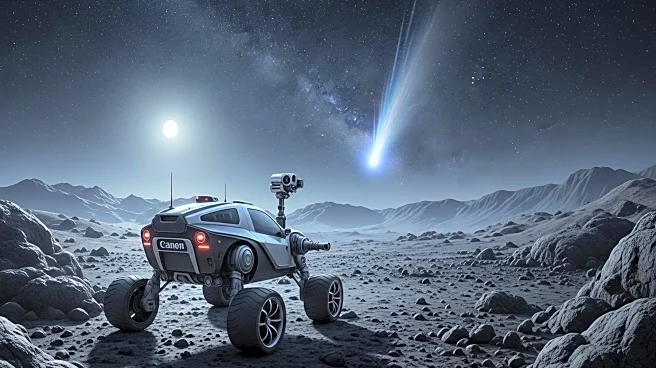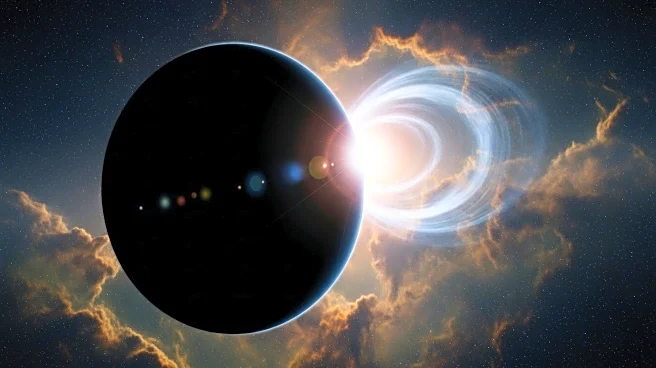What's Happening?
Astronomers from Northwestern University have used the James Webb Space Telescope (JWST) to capture the clearest view of a dying red supergiant star before its explosion. The star, wrapped in a thick dust cloud, was identified as the progenitor of a supernova. This discovery helps explain why red supergiants are rarely seen exploding, as they are often obscured by dust. The findings, published in The Astrophysical Journal Letters, mark JWST's first confirmed detection of a supernova progenitor star.
Why It's Important?
This breakthrough is significant as it bridges the gap between theoretical models and observations of supernovae. Understanding the conditions leading to a supernova can provide insights into the life cycles of massive stars and the formation of neutron stars or black holes. The ability to see through dust clouds with JWST's infrared capabilities opens new avenues for studying stellar evolution and the dynamics of star explosions, which are critical for understanding cosmic phenomena and the universe's history.
What's Next?
The team plans to search for similar red supergiants that may explode as supernovae in the future. Observations by NASA's upcoming Nancy Grace Roman Space Telescope could aid this search, offering further insights into the variability and final stages of massive stars. This could lead to more discoveries about the nature of supernova progenitors and the role of dust in obscuring these events.
Beyond the Headlines
The discovery highlights the importance of infrared astronomy in revealing hidden aspects of the universe. It suggests that many massive stars may be obscured by dust, altering our understanding of their luminosity and impact on cosmic environments. This could lead to a reevaluation of stellar population models and the frequency of supernovae in the universe.

